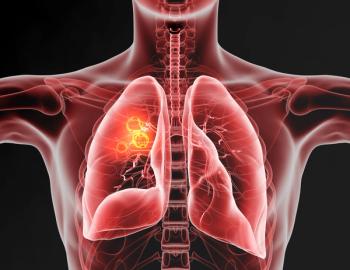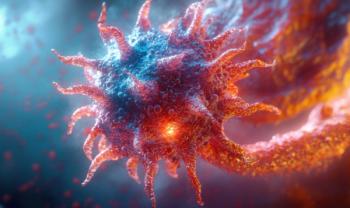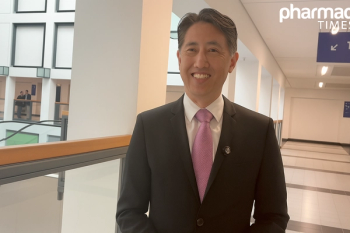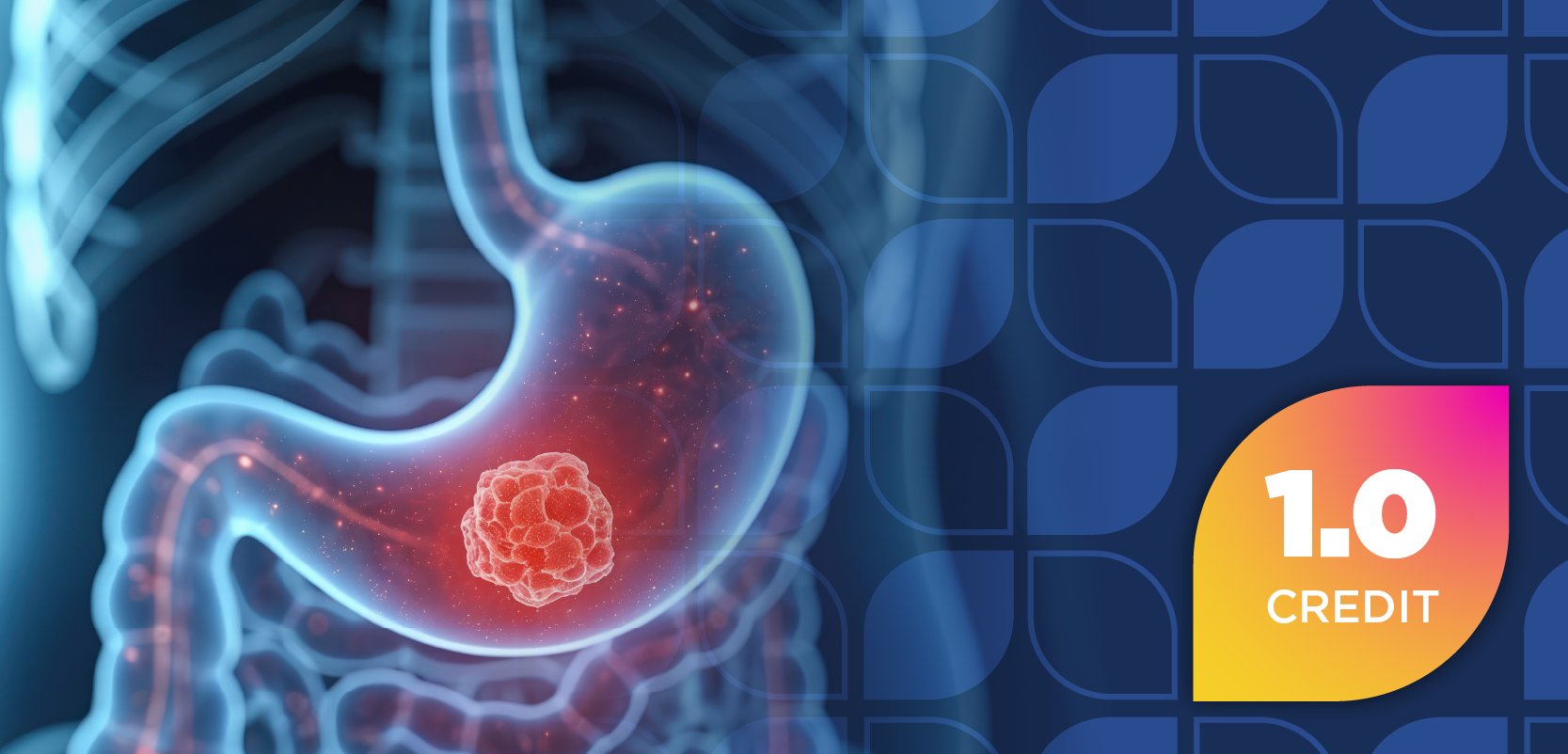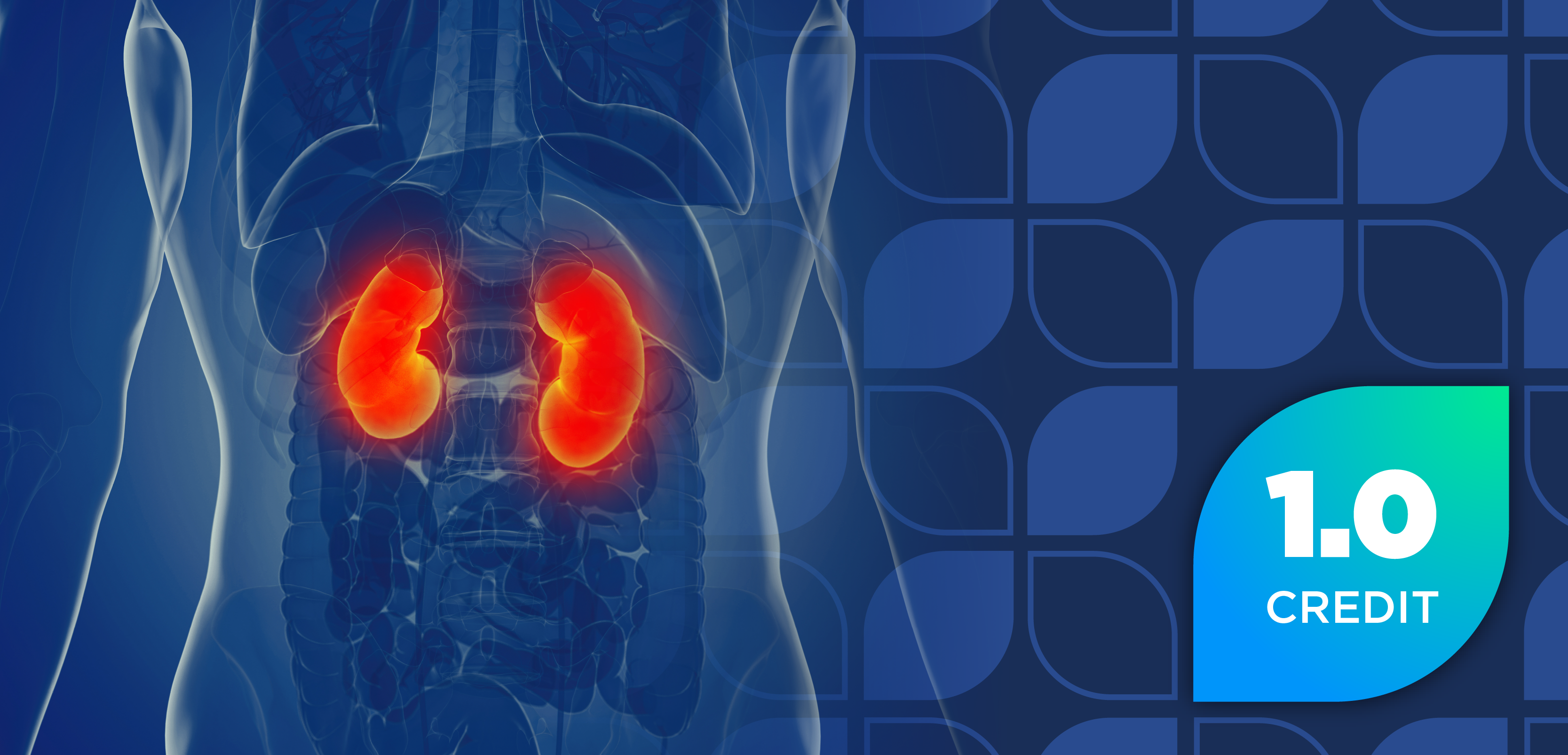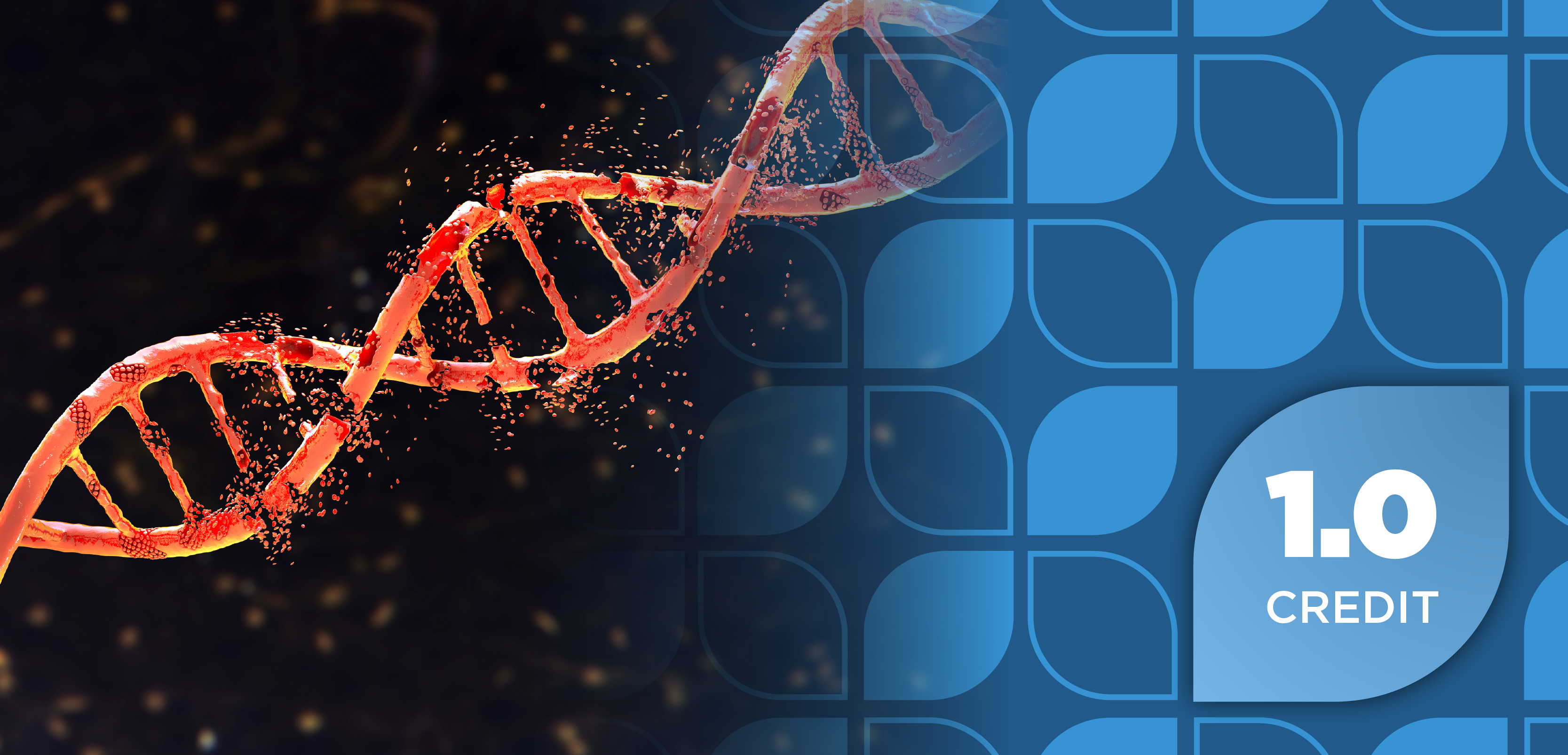
Bacteria and Fungi in the Mouth Found to Drive Pancreatic Cancer Risk
Key Takeaways
- Oral microbiota, including bacteria and fungi, may serve as noninvasive biomarkers for pancreatic cancer risk assessment.
- Specific periodontal pathogens, such as Porphyromonas gingivalis and Eubacterium nodatum, are linked to increased pancreatic cancer risk.
New research links oral bacteria and fungi to pancreatic cancer risk, suggesting oral microbiota as potential noninvasive biomarkers for early detection.
An emerging study finds over 2 dozen bacteria and fungi in the mouth that may be associated with pancreatic cancer (PC) risk, according to researchers from New York University. The data, published in JAMA Oncology, suggest that oral microbiota may serve as readily accessible, noninvasive biomarkers for PC risk assessment.1
Pancreatic Cancer
In 2025, 67,440 new cases of PC were diagnosed, representing 3.3% of all cancer diagnoses and 8.4% of all cancer deaths. Prognoses for PC are relatively poor, with a 5-year survival rate of 13.3%, which drops to 3% for patients with metastases. It is notoriously difficult to treat due to more obscure symptoms, leading to diagnosis when the patient is in later stages of disease. Patients with PC are also typically older and pass around the age of 72.2
“Little is known about ways to prevent this cancer,” the researchers wrote. “Smoking, obesity, pancreatitis, and genetics are known risk factors, yet these factors explain less than 30% of all pancreatic cancer. To reduce the pancreatic cancer burden, there is a critical need to improve scientific knowledge on the specific causes of this disease and to provide guidance for preventive measures.”1
Treatment for PC has stagnated, and even modern therapies are incapable of penetrating the cocoon of collagen fibers that shield the tumor from the body’s immune system or treatment. Immunotherapy often is not an option. Unlike other cancers, PC cells are low in immunogenicity and are less likely to generate an immune response. These therapies are typically best suited for patients with multiple genetic abnormalities or a high tumor mutational burden.3
There is some evidence of the association of oral microbiota and PC risk; however, it's largely limited to bacterial 16S amplicon sequencing and small retrospective case-control studies.1
The Study
The findings from the researchers of the current study may offer an opportunity to identify and address PC risk before the disease progresses to later stages. They performed a cohort study including data from individuals across 2 epidemiological cohorts: the American Cancer Society Cancer Prevention Study-II Nutrition Cohort and the Prostate, Lung, Colorectal, and Ovarian Cancer Screening Trial.1
Control participants without cancer were selected using 1:1 frequency matching based on cohort, 5-year age group, sex, race and ethnicity, and time since oral sample collection. Data collection occurred from August 2023 to September 2024, and analyses were conducted from August 2023 to January 2025. In total, 890 participants were included in the analysis, of whom 474 (53.3%) were male, with a mean (SD) age of 67.2 (7.5) years.1
The researchers profiled oral bacterial and fungal microbiomes using whole-genome shotgun sequencing and internal transcribed spacer (ITS) sequencing, respectively. Associations between PC and periodontal pathogens were evaluated using logistic regression, focusing on red and orange complex species1:
- Red Complex Species
- Treponema denticola
- Porphyromonas gingivalis
- Tannerella forsythia
- Orange Complex Species
- Fusobacterium nucleatum
- Fusobacterium periodonticum
- Prevotella intermedia
- Prevotella nigrescens
- Parvimonas micra
- Eubacterium nodatum
- Campylobacter showae
- Campylobacter gracilis
Microbiome-wide associations were assessed using Analysis of Compositions of Microbiomes With Bias Correction 2 (ANCOM-BC2). Microbial risk scores (MRS) for PC were derived from bacterial and fungal species linked to increased risk.1
The Findings
Of the 122,000 oral samples collected from the patients, 445 developed PC during a median follow-up of 8.8 years (IQR, 4.9–13.4) and were matched with 445 controls.1
Analysis of the oral microbiome revealed several important associations. Three periodontal pathogens—P gingivalis (OR, 1.27; 95% CI, 1.03-1.57), E nodatum (OR 1.42, 95% CI 1.14-1.76), and P micra (OR, 1.36; 95% CI, 1.09-1.70)—were linked with an increased risk of PC. Six Actinobacteria, 3 Bacteroidetes, 3 Firmicutes, and 1 Fusobacterium species were also associated with an increased risk.1,4
When the oral bacteriome was examined more broadly, 8 bacterial species were associated with a decreased risk, including 6 periodontal disease pathogens and 3 Proteobacteria species, 2 Bacteroidetes species, and 2 Actinobacteria species. A decreased risk was also consistent in Oral fungi such as Candida albicans (0.77-fold, 95% CI 0.62-0.96) and Malassezia globosa (0.84-fold, 95% CI 0.73-0.98).1,4
The fungal microbiome also showed relevant associations. The genus Candida was identified as a risk factor for pancreatic cancer, further highlighting the role of oral fungi in cancer susceptibility (1.58-fold, 95% CI 1.05-2.38). These included Candida tropicalis (1.43-fold, 95% CI 1.00-2.03) and unspecified Candida (1.34-fold, 95% CI 1.05-1.70). History of tobacco use increased this association, whereas BMI, alcohol use, and diabetes did not.1,4
Regarding MRS, the researchers identified that higher MRS values were strongly associated with greater odds of PC, with each 1-standard deviation increase corresponding to a more than 3-fold increase in risk.1
“Our evidence suggests a clustering tendency of the major newly identified oral bacterial species with the periodontal pathogens,” the researchers explained in their paper. “These high-risk oral bacteria are also linked to high-risk modules in carbohydrate and lipid metabolism—which may drive de novo oncogenic mutations in pancreatic cells—whereas low-risk species tend not to exhibit such modules, thereby supporting the proposition that metabolic profiles of the oral microbiome may relate to pancreas carcinogenesis.”1
REFERENCES
1. Meng Y, Wu F, Kwak S, et al. Oral bacterial and fungal microbiome and subsequent risk for pancreatic cancer. JAMA Oncol. Published online September 18, 2025. doi:10.1001/jamaoncol.2025.3377
2. Cancer Stat Facts: Pancreatic Cancer. National Cancer Institute. Accessed September 24, 2025. https://seer.cancer.gov/statfacts/html/pancreas.html
3. 5 reasons why pancreatic cancer is so hard to treat. City of Hope. April 4, 2024. Accessed September 24, 2025. https://www.cancercenter.com/community/blog/2024/04/why-is-pancreatic-cancer-so-hard-to-treat
4. Rudd T. Mouth Microbes Linked to Pancreas Cancer Risk. MedPage Today. September 18, 2025. Accessed September 24, 2025. https://www.medpagetoday.com/hematologyoncology/othercancers/117531
Newsletter
Stay informed on drug updates, treatment guidelines, and pharmacy practice trends—subscribe to Pharmacy Times for weekly clinical insights.

